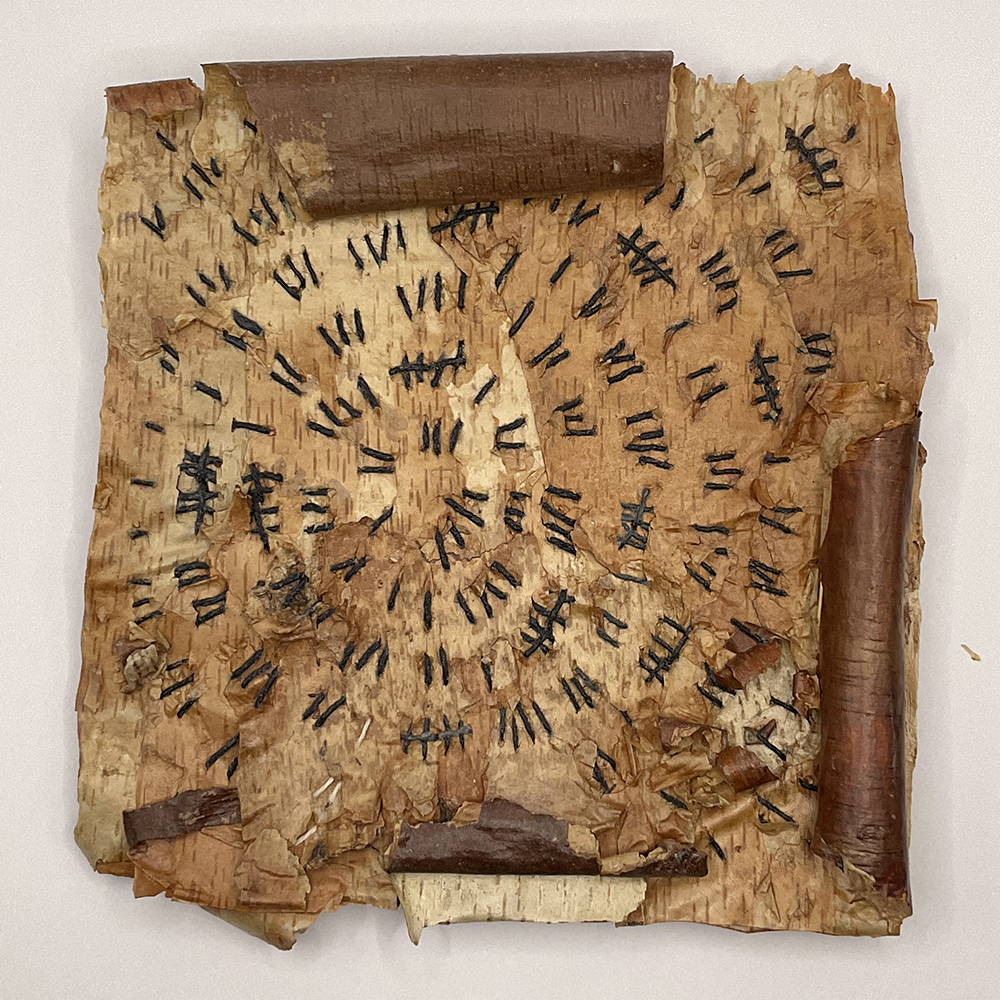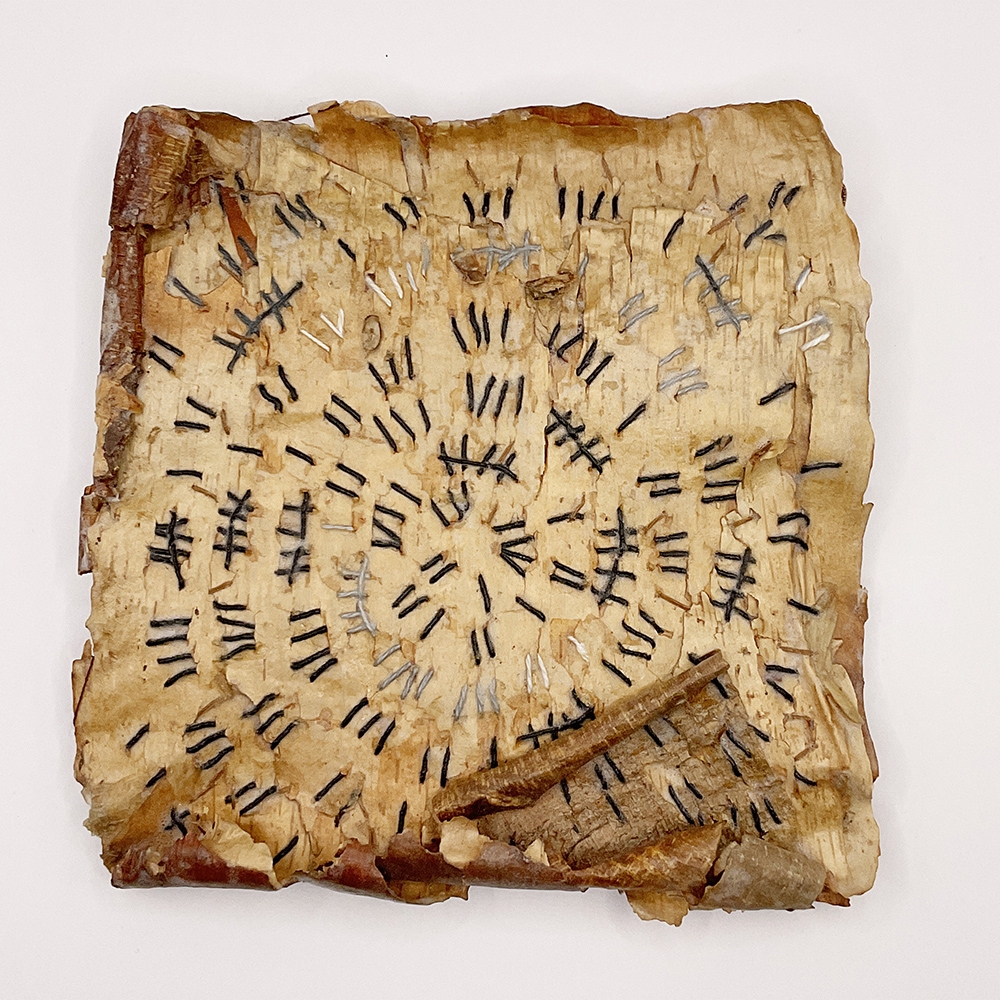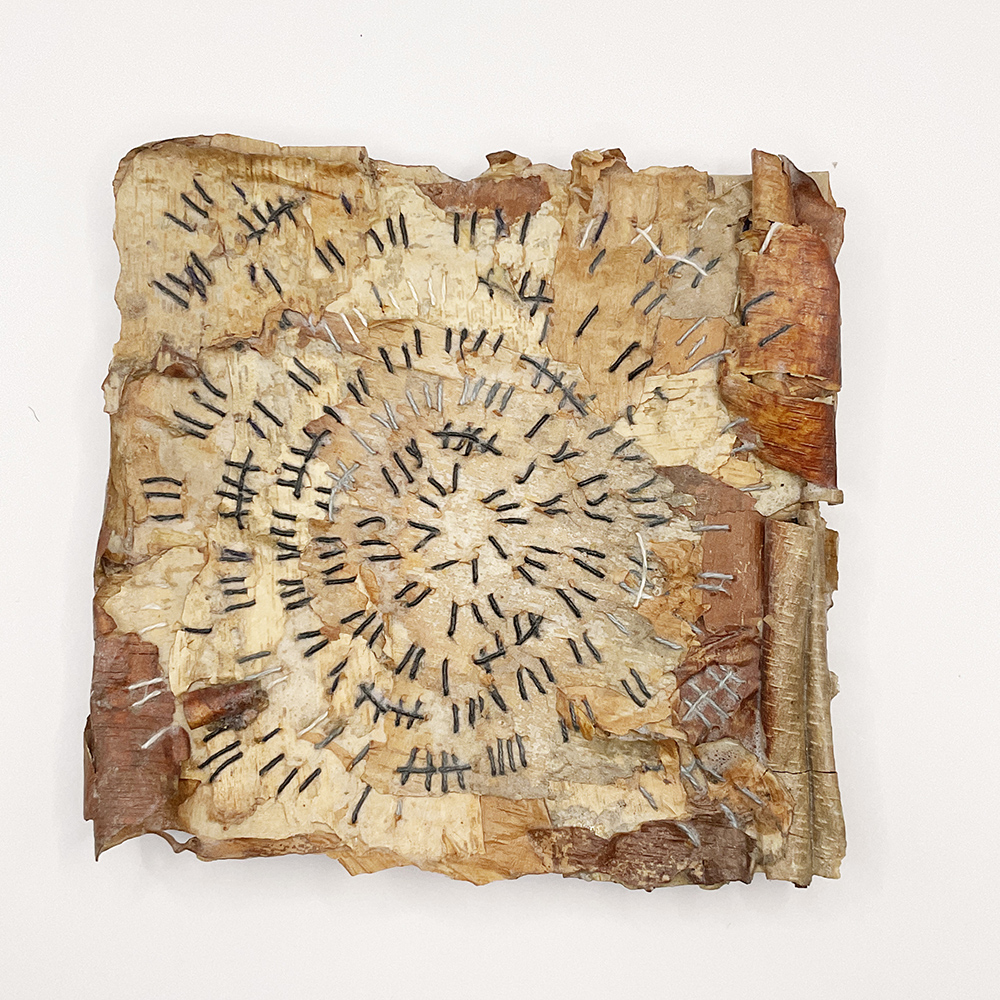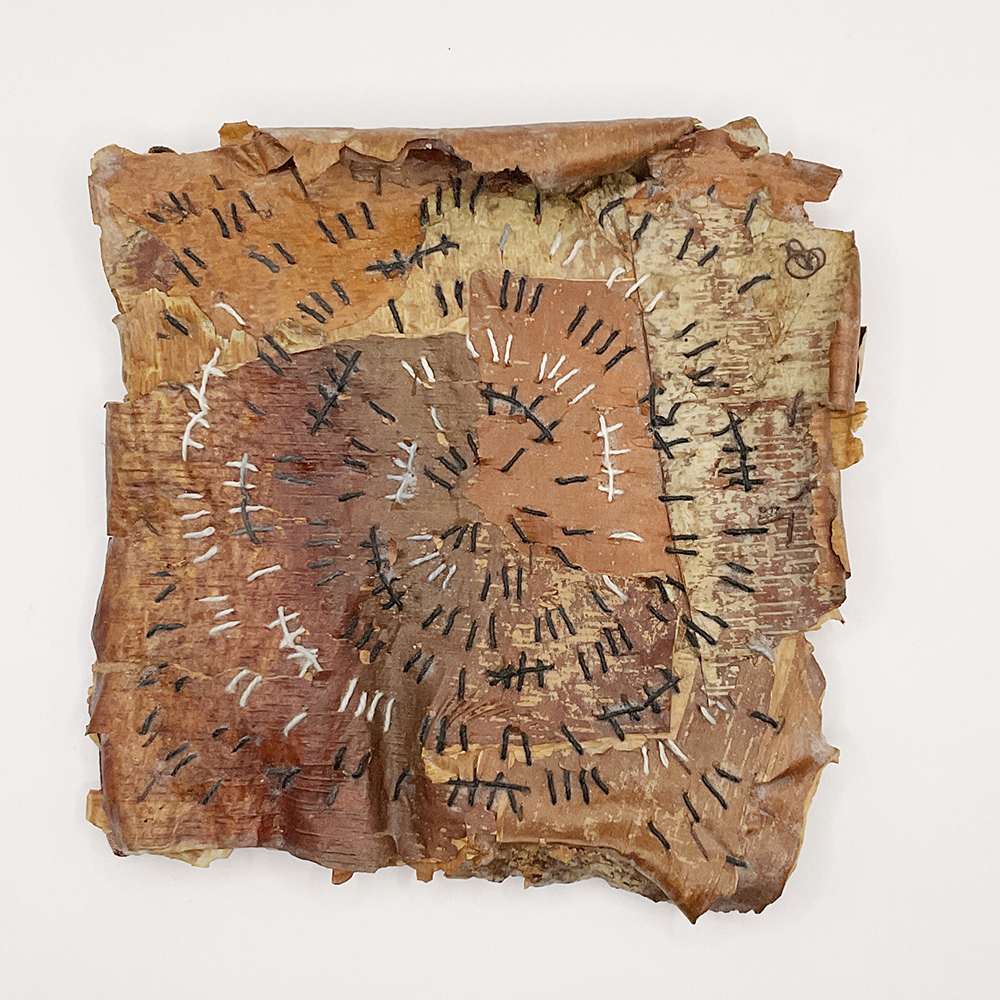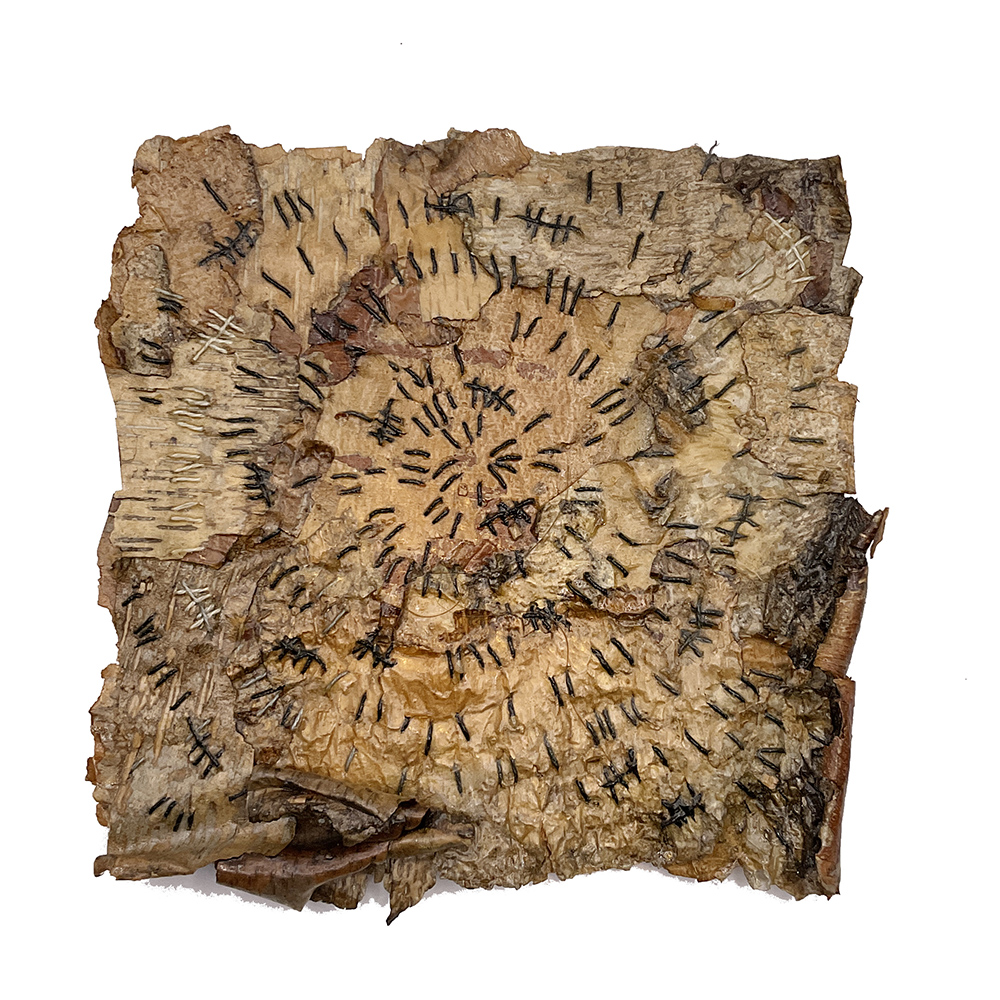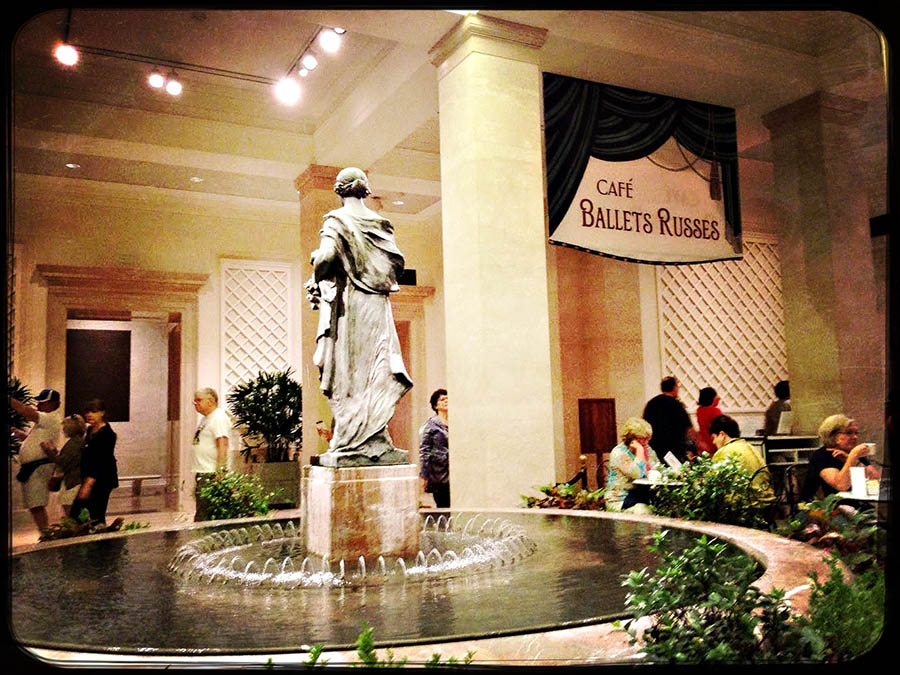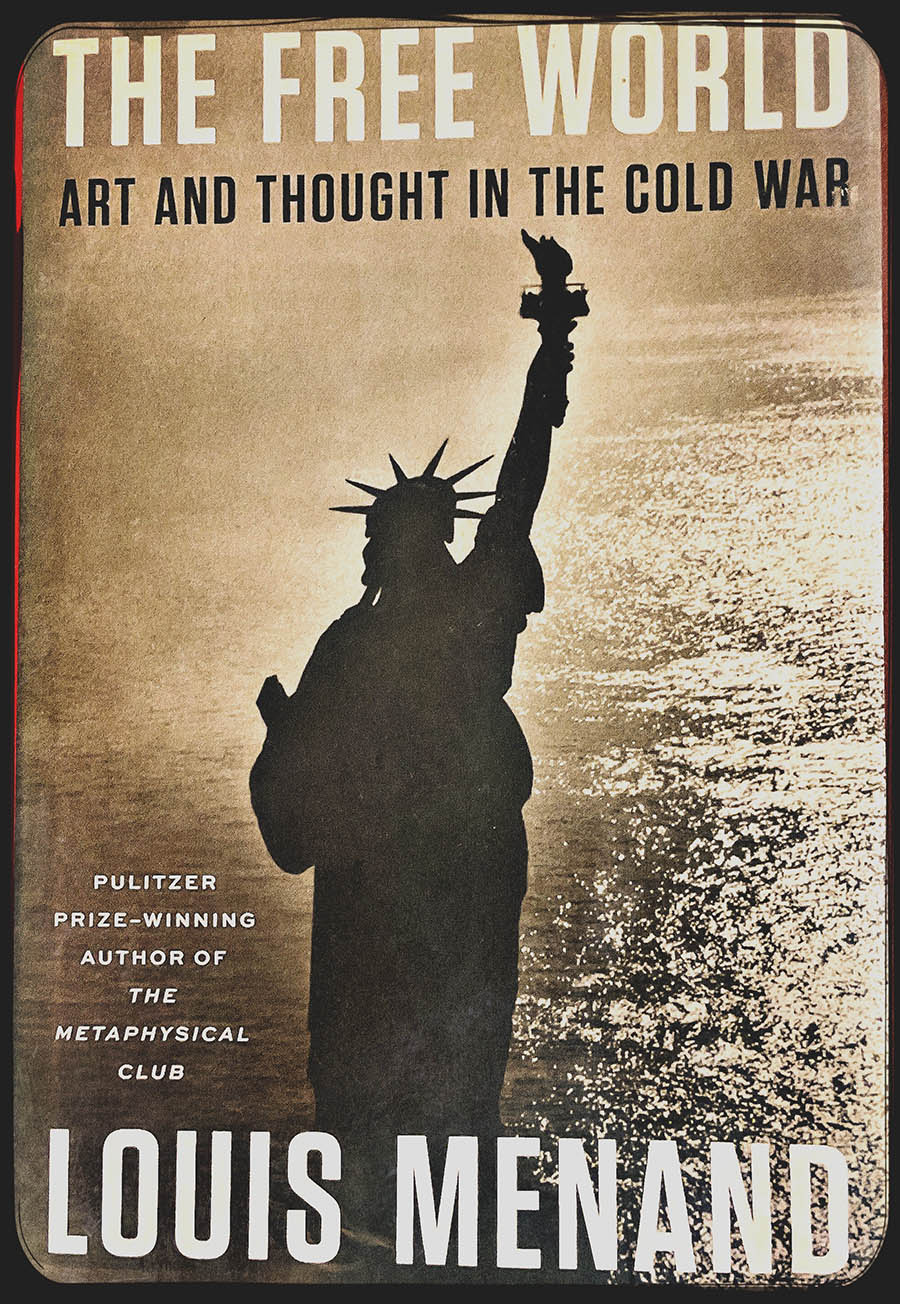Tree Rings and Climate Change
The “Time Piece” series by Joan Dreyer is an ongoing project by the mixed media artist where she hand stitches tree bark collected over time. Each piece uses rings of stitches to create a circular pattern not unlike the rings of a tree. The hand stitched process creates a range of thick and thin rings that blend with the bark and create a kind of skin. Each piece is unique, while sharing similar qualities such as the small scale ( 5” x 5” x 2.5”), a palette of ochres, browns and grey and the silk hand-stitched backing on each of the pieces.
To paint a broad stroke, Joan’s art addresses life’s stages and the challenges that individuals face during the journey of their lives. Her work is subtle yet leaves a profound impact on viewers. The “Time Piece” body of work falls under what Joan has described as her “Mourning Series”.
I’ve felt that mourning was mostly about the loss of a person. My view expanded when I came across an essay by Nicole Davi called “Tree Clocks and Climate Change’ in “The Language of Trees”, a collection of essays, poems and drawings by Irish artist, Katie Holten.
Nicole Davi is a scientist who studies tree rings and travels to the far regions of the planet to measure tree ring samples from very old trees. Tree ring widths vary from year to year. ( In good years, the rings are wider than in tough years.) She describes tree ring records as “natural recorders” of climate – going back thousands of years. The records are one of the keys to understanding climate change in the past and what is possible in the future.
Climate change in our era has been “front of mind” for me this summer. While we’ve had impacts of extreme weather for some time – this year – it has become more and more frequent. In a way, I’m mourning a lost world and trying to figure out how to move forward in a time of uncertainty.
I’ve started thinking about the role of the artist in the era of climate change. How does it look? How does it feel? What do we mean when we talk about sustainability?
Joan’s Time Piece series reminds me of the cycles of life but also of our connection to each other, our past, our losses, our gifts but also our future.
Thank you for reading.
Check out the The Language of Trees
Visit Joan Dreyer’s website at https://joandreyer.com/
Bibliography
The Language of Trees, A Rewilding of Literature and Landscape, Katie Holten, Tin House, Portland, Oregon, 2023, 978-953534-68-2

